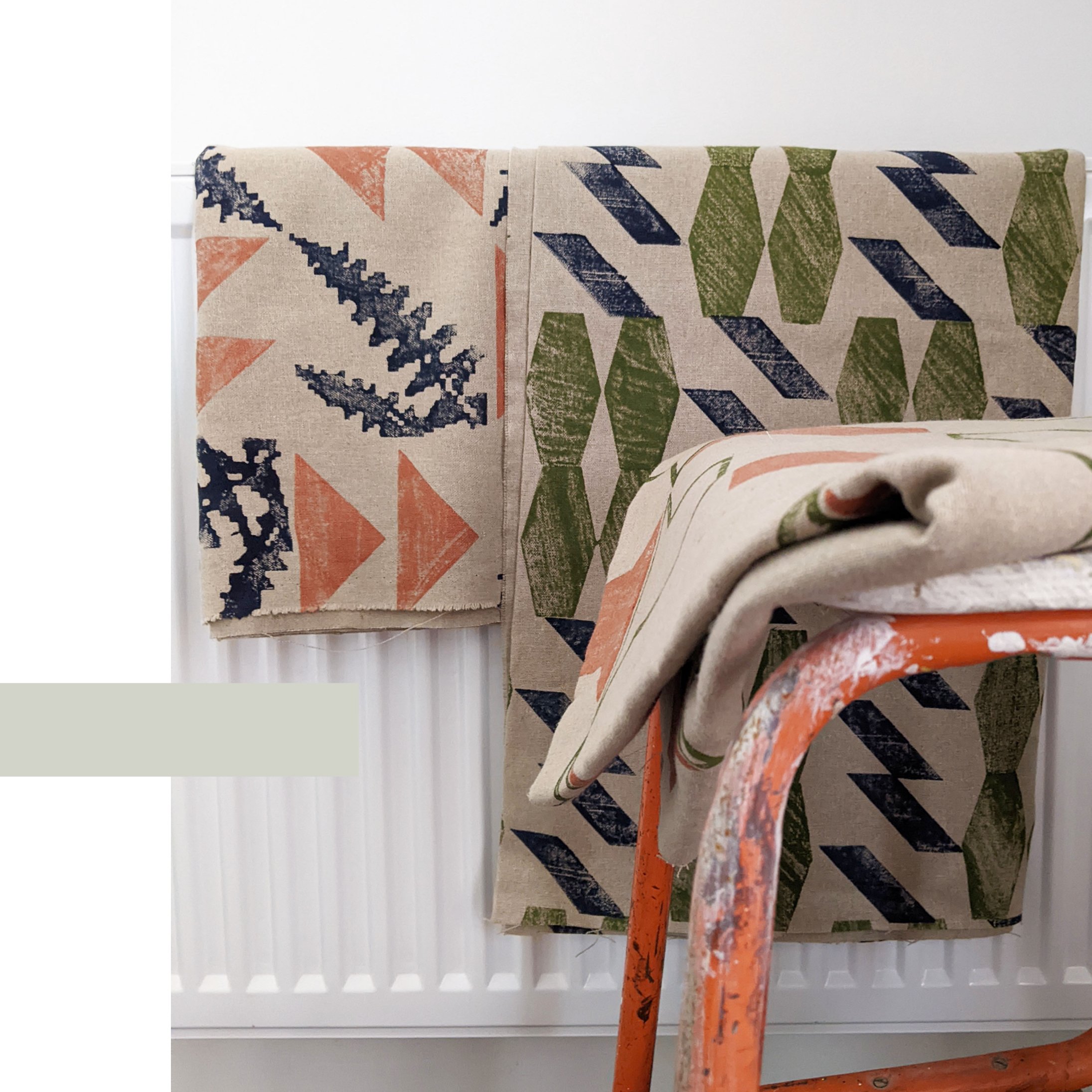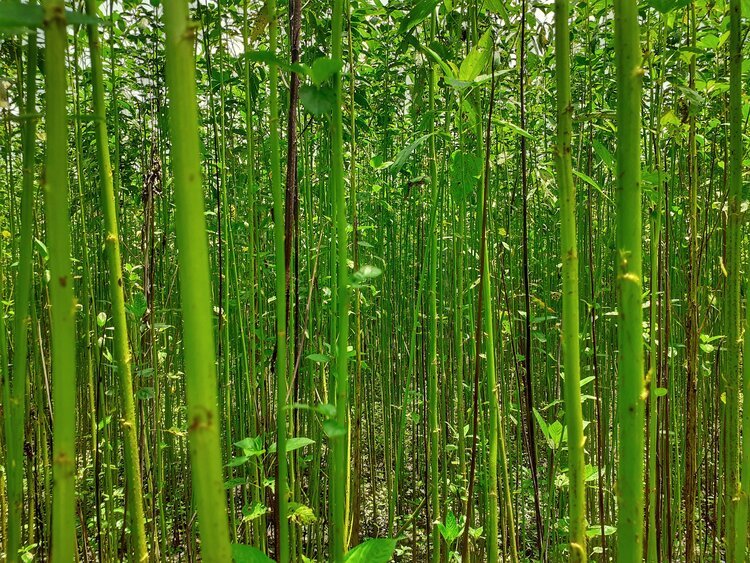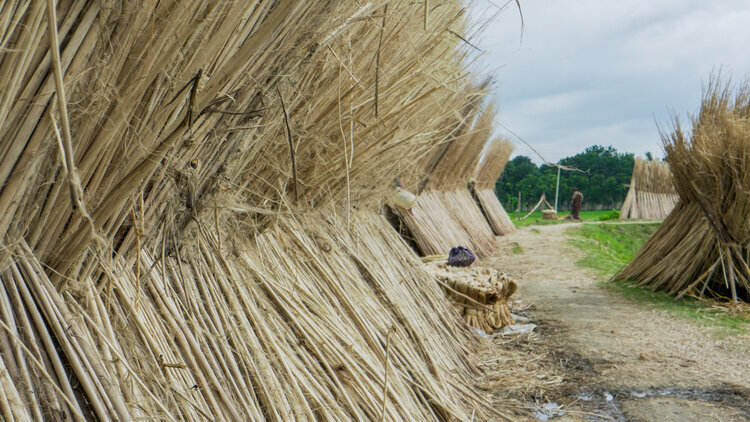new month, new blog post! wow, didn’t april just sweep past way too fast. it has been a busy month, and to our pleasant surprise, we have discovered our cushion in simply scandi magazine (which i was not aware before) but it’s a wonderful publication and it inspired a new blog post series - architectural tours are all well but i feel that for a homeware brand we neglect writing about interiors so we'll be doing that a bit more often.
in the first of this series then, we’ll have a look at how you can tweak the “scandinavian style” a bit to add some colours into it and make it uniquely yours. i don’t want to dwell too much on what even defines the “scandi” style, but it is often associated with clean lines and lots of natural light. but looking at the iconic mid-century designs coming from scandinavia, i also believe that it’s a mistake to see this style as anything too white or beige, and it’s really not that far from the modernist zitozza looks (and hey, brutalism!) so yes, yes, you can absolutely incorporate colours and patterns into a scandinavian style. while the traditional scandi aesthetic tends to emphasise light, airy spaces with a focus on white, grey and natural wood tones, there are lots of room to introduce some more colourful homewares in various ways.
pops of colour
the scandi style is not about using colour throughout the entire space, but that doesn’t mean it can’t be colourful! think about it more like using accessories of vibrant or bold colours as accents. this can be achieved through colourful accessories like cushions, throws, rugs, or artwork. select a few key pieces in complementary colours to add visual interest and create focal points in the room.
pastel tones
obviously, this is one of the more associated qualities of the scandi style - just pleasant and cosy! soft, muted pastel colours can work well within a scandinavian-style interior. pale shades of blue, pink, mint, or lavender can bring a subtle hint of colour without overpowering the space. use these colours on walls, textiles, or smaller decor items to maintain a light and airy atmosphere.
natural textures and elements
scandinavians are surrounded by some fantastic nature and they do like their outdoors, i think. so another way to introduce colour is through natural elements. incorporate plants and flowers to bring vibrant greenery and pops of natural colour into the space. additionally, consider wooden furniture or accessories with warm, natural wood tones that add warmth and texture while infusing the room with earthy hues.
patterns
scandinavian design can also feature patterns with colour (do you remember early 00s ikea huh?) so yes, my favourite advice - consider using patterned textiles, such as curtains, upholstery, or rugs, that incorporate colourful geometric or nature-inspired motifs. this can inject visual interest and personality into the space while still maintaining the overall scandinavian aesthetic.
statement pieces and fabrics
yes, this can mean the jacobsen chair, or anything else you may have in that category but there are lower-budget versions for this too. introduce a bold, colourful furniture piece or artwork as a focal point in the room. this can be a vibrant rug, a sofa, an accent chair, or a large colourful painting or wall hanging. by keeping the surrounding elements more neutral, you allow the statement piece to shine and bring a lively touch to the space.
overall, i guess the key is to maintain the finely tuned balance between colour, pattern, texture but in a calm, nordic manner, with the minimalistic, clean lines typically associated with scandinavian design. select colours that harmonise with the overall palette and aim for a cohesive look throughout the space, and don’t worry about a bit of clash - remember the colourful, contemporary looks of nordic brands like marimekko or hay - all is well with a splash of colour! by strategically incorporating bolder patterns, you can infuse your scandinavian-style interior with a touch of vibrancy and personal style - and we’re here to help you with that!





